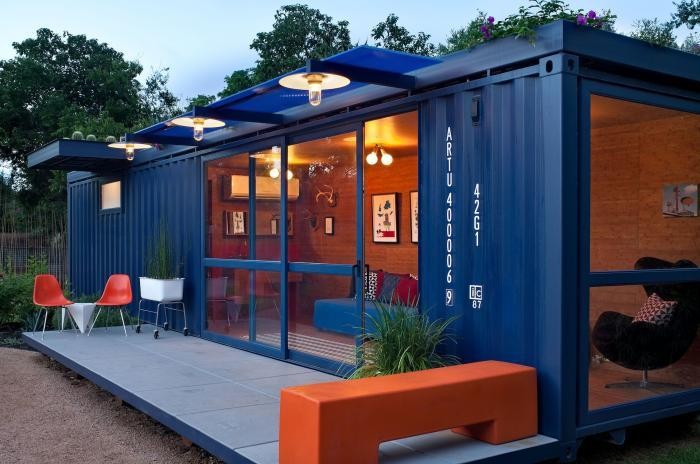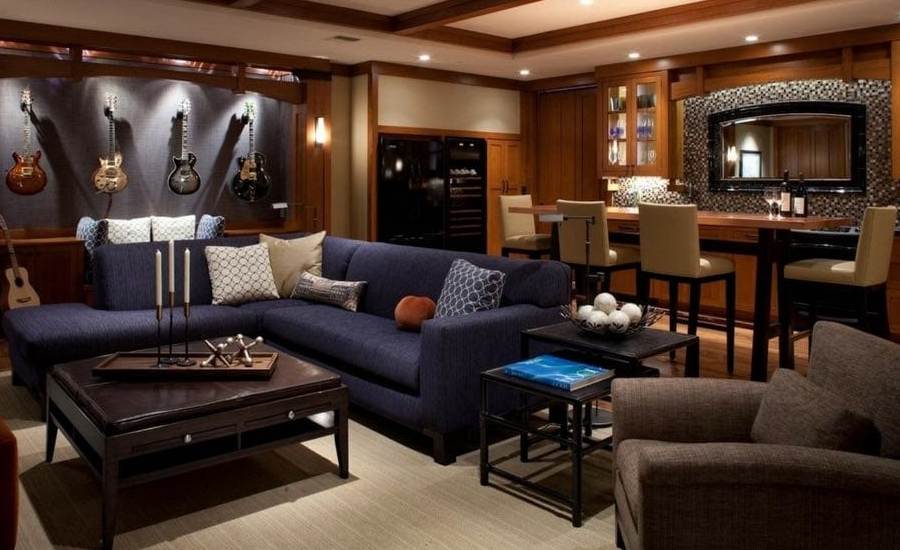Modern architecture has made significant strides in recent years in creating designs that prioritize both energy efficiency and sustainability. One such design element that has emerged as a key player in this effort is the rainscreen system. A rainscreen is a type of cladding system that is designed to manage moisture and protect the building envelope from weather and other external factors. Rainscreens have several benefits when it comes to maximizing energy efficiency, durability, and sustainability in modern architecture. However, it is important to consider certain factors before opting for a rainscreen design.
Benefits of Rainscreen Design
Energy Efficiency
One of the most significant benefits of a rainscreen system is its ability to enhance a building’s energy efficiency. The system creates an air gap between the exterior cladding and the building’s insulation, which helps reduce the transfer of heat and cold from the outside to the inside. This results in less heat loss during colder months and less heat gain during warmer months. The reduction in energy loss translates to lower heating and cooling costs and greater energy efficiency.
Durability
Rainscreens are designed to protect a building’s exterior from weather and other external factors. They provide a barrier that prevents moisture from penetrating the building’s envelope, which can lead to damage and deterioration of the structure. Rainscreens also protect against UV rays, wind, and other weather elements that can damage the exterior cladding. This results in a longer-lasting building that requires less maintenance over time.
Sustainability
Rainscreens can play a key role in making modern architecture more sustainable. By reducing the amount of energy required to heat and cool a building, rainscreens help reduce greenhouse gas emissions. Additionally, because rainscreens help protect a building’s exterior, they can extend the life of the building, reducing the need for repairs or replacements. This, in turn, reduces the amount of waste generated from construction and demolition.
Considerations for Rainscreen Design
Material Selection
When selecting materials for a rainscreen system, it is important to consider factors such as durability, sustainability, and aesthetics. Popular materials for rainscreen systems include metal, wood, fiber cement, and stone. Each material has its advantages and disadvantages, and it is important to consider which material will work best for a specific project.
Ventilation
Proper ventilation is crucial for a rainscreen system to work effectively. The air gap between the exterior cladding and the building’s insulation must be properly ventilated to prevent the buildup of moisture. If moisture is allowed to accumulate, it can lead to mold and other issues that can compromise the integrity of the building envelope.
Installation
The installation of a rainscreen system requires a skilled contractor with experience in the specific material being used. Improper installation can lead to moisture buildup, which can lead to damage and deterioration of the building envelope. It is important to work with a contractor who has experience in rainscreen installation and can provide references.
Maintenance
While rainscreen systems require less maintenance than traditional cladding systems, they still require some maintenance to remain effective. It is important to regularly inspect the system for damage or signs of moisture buildup. Any issues should be addressed promptly to prevent further damage to the building envelope.
Conclusion!
In conclusion, rainscreen systems can provide significant benefits when it comes to maximizing energy efficiency, durability, and sustainability in modern architecture. These systems create an air gap between the exterior cladding and the building’s insulation, which helps reduce energy loss and protect the building envelope from moisture and other external factors. However, it is important to consider certain factors such as material selection, ventilation, installation, and maintenance before opting for a rainscreen design. By carefully considering these factors, architects can create buildings that are both energy-efficient and sustainable, while also providing long-lasting protection for the building envelope.


















